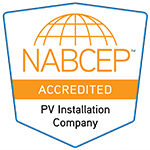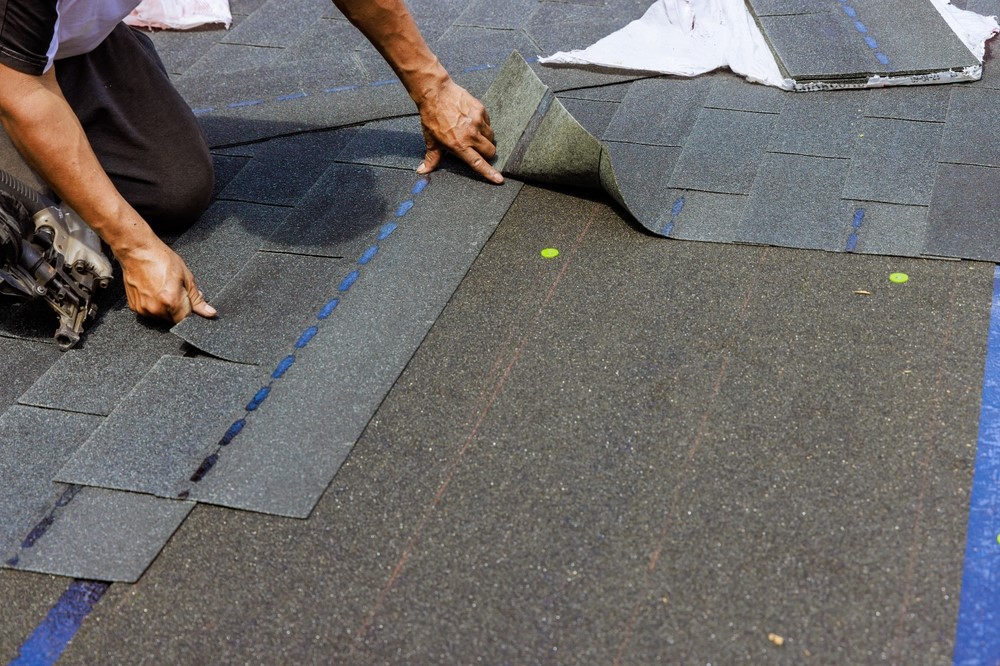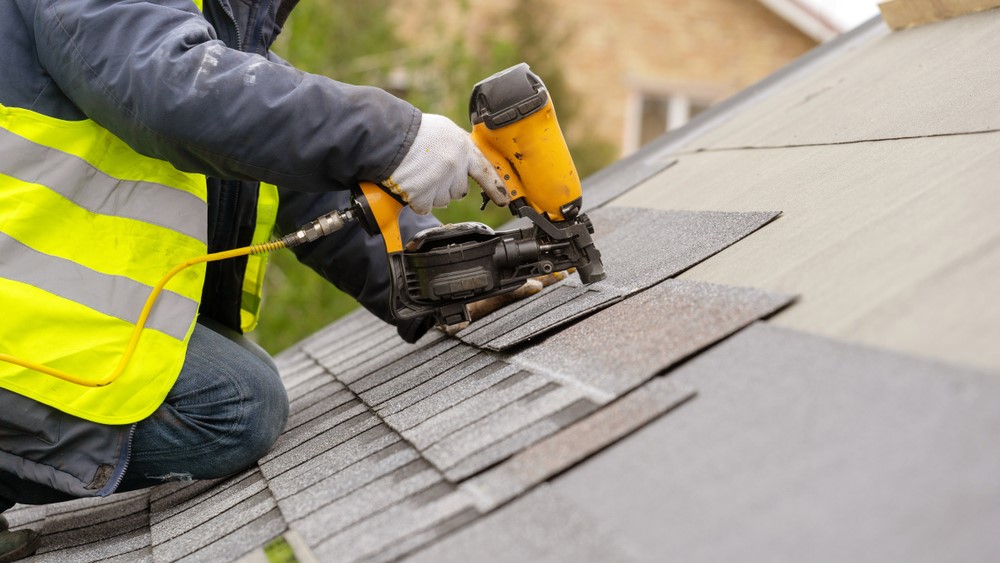The Best Material for Solar Panels
Solar panels can be made from many different materials. Some solar cells are made of silicon and solar cells that use exotic materials such as copper indium gallium selenide (CIGS) or cadmium telluride (CdTe) make up about a third of the solar panel market. The solar cells themselves often look similar to solar modules, although they contain different types of solar cells within them, and typically produce more energy than solar modules. These solar cells are commonly used to power calculators, watches, and other small electronic devices.
In recent years solar panels have been available from many different sources. You can buy solar panels for powering small home appliances, heating water, and even for large-scale solar power plants. In the future solar power could become as cheap as conventional electricity because solar technology prices are dropping quickly as new materials like CIGS solar cells come to market. Photovoltaic (PV) solar cells convert sunlight directly into electricity through a process called the photoelectric effect. When photons hit semiconductor material that has had an electric field applied across it, they give up their energy in the form of electrons that can flow freely through the material like current in a metal wire after they are freed up by the absorption of photons.
Solar Cells Are Made of Different Materials
Solar cells are made of different materials. Silicon is the most common type, but other types like selenium and cadmium telluride (CdTe) work better in certain situations.
However, there are hundreds of ways to make solar panels, so nearly any material can be used in at least some solar panels. Some companies have created sliver solar cells, while others have even used plastic!
Silicon solar cells have been tested extensively over the past few decades and continue to outperform newer materials by a large margin. This means that new silicon factories can produce electricity for a lower cost than alternative options, making it the standard for commercial use today.
This is why many people in the industry agree that silicon is the best material for solar panels.
Neither selenium nor CdTe can be created in large factories. They are both made in much smaller facilities. Selenium requires an even more precise process, making it the most difficult to produce by far.
Because of this, neither selenium nor CdTe is produced in enough quantity to make them practical for commercial use today, although they may be in the future when technology improves.
The plastic used for solar cells is called polyethylene naphthalate (PEN). Solar cells made with PEN are not very efficient at turning light into electricity, so they aren't likely to cost less than other types of solar panels anytime soon.
Silicon is the most common material for solar cells, but there are other types too
When you're looking for the best material to make solar panels out of, it might be tempting to use silicon. Silicon is a common and affordable option, but there are other (less common) options as well. For instance: Gallium arsenide can produce cells with twice as much power per square inch as silicon; Cadmium telluride produces high-quality energy at low temperatures, And copper indium gallium selenide has an even higher efficiency rate than cadmium telluride or gallium arsenide. If you've been using one type of material exclusively and want to switch up your strategy, we recommend that you consider all your available options so you don't sacrifice performance for the cost!
Silicon is the most common material for solar cells, but there are other types too. Gallium arsenide, Cadmium telluride, and Copper indium gallium selenide produce high-quality energy at low temperatures, have a higher efficiency rate than silicon or cadmium telluride or gallium arsenide, and have twice as much power per square inch as silicon. If you've been using one type of material exclusively and want to switch up your strategy, we recommend that you consider all your available options so you don't sacrifice performance for the cost.
Silicon is the most common material for solar cells, but there are other types too. Cadmium telluride, Gallium arsenide, and Copper indium gallium selenide produce high-quality energy at low temperatures have a higher efficiency rate than silicon or cadmium telluride or gallium arsenide, and have twice as much power per square inch as silicon. If you've been using one type of material exclusively and want to switch up your strategy, we recommend that you consider all your available options so you don't sacrifice performance for the cost.
CIGS and CdTe make up about a third of the market share
Both are considered strong contenders, but the low cost of CdTe means that it is more popular among manufacturers. Single-crystal CdTe material allows for higher conversion efficiency, but it also makes the panels more expensive to produce. The self-imposed limitation on the trade of these materials outside of China has made some analysts less enthusiastic about the potential for this technology in other countries.
CIGS cells are generally cheaper to manufacture and offer higher energy conversion efficiencies than CdTe, which is why they make up about a third of the solar panel market share. But CdTe offers lower costs per watt because they can be fabricated in larger batches. Because of this, CdTe solar cells are expected to outpace their rivals in solar power production.
The other third is divided between solar companies using amorphous silicon and cadmium telluride materials. Cadmium telluride cells have been gaining popularity in the solar industry because they offer higher conversion efficiencies than traditional solar panels. In this way, they can produce more energy from fewer solar panels. However, these types of solar cells have been known to degrade rather quickly when exposed to moisture, which means that you would need highly engineered equipment to deal with any water vapor in the air around them.
CIGS cells are solar cells made from a thin, light-absorbing material that is coated onto a substrate. CIGS solar cells are considered one of the most efficient solar cell materials, but they're also more expensive to produce than other solar cells because they must be deposited in a vacuum and require a complex cell structure involving multiple layers.
PV solar cells convert sunlight directly into electricity through a process called the photoelectric effect
This solar cell can be used to collect solar energy without solar heat. With solar panels, the sunlight is absorbed and generates electricity in a photovoltaic solar generator. The solar cells are covered in solar panels that are made of silicon. Silicon solar cells are more environmentally friendly to use in comparison to other types of solar cells.
Silicon solar cells are also called solar photovoltaic solar cells. They have solar panels which collect the sunlight and convert it into electricity using a semiconductor material. The solar cell has a positive side and a negative side that looks like a standard battery, but silicon solar panels can produce much more energy than a small battery because of their large surface area exposed to sunlight. Photons from the sun hit the solar panels on their front side, but not all reach the back of the solar panel. Some photons are reflected while others pass through due to absorption by the solar cell's semiconductor material layer. When enough photons are absorbed in this layer, they release electrons called electron-hole pairs. This excites negatively charged electrons to flow through the solar cell and also creates a positive charge in the solar cell. A solar electric inverter then converts this direct current into alternating current that can be used to power homes or businesses.
Solar panels are available from many different sources
Some solar panel providers are solar power companies while others maybe solar panel manufacturers. Either way, solar panel customers need to know the quality of solar panels before they buy them so you can get what you want at a price that is reasonable for your budget.
Some solar panel manufacturers have less desirable products, but sell them for an expensive price because they can. Customers who don't want to buy solar panels with lower qualities often end up paying more than they should even though there were cheaper options available in the market.
Finding solar panels from a solar power company is beneficial because solar power companies buy solar panels from many different solar panel manufacturers. A solar power company will have an agreement with these manufacturers to be able to sell their solar panels for a lower price than if you bought them directly from the solar panel manufacturer. In this way, solar power companies are able to provide quality solar panels at more affordable prices.
In addition, some solar panel providers also offer installation services of solar systems including photovoltaic (PV) arrays and inverters as well as peripherals such as tools and mounting hardware. They may even supply system design and permitting services on request. Purchasing from a solar power company ensures those additional are available along with good customer service.
Good solar panels are made from high-quality solar cells. Quality solar cells are solar cells that have a higher solar power conversion efficiency. Solar power conversion efficiency is the percentage of sunlight hitting solar panels that can be converted into usable electricity. The more efficient the solar cell, the less area solar panels need to generate an equivalent amount of power. This means lower prices for customers as well as less land and resources used which is better for the environment and good for business success.
Subscribe to TruHome Pros's Blog









Comments